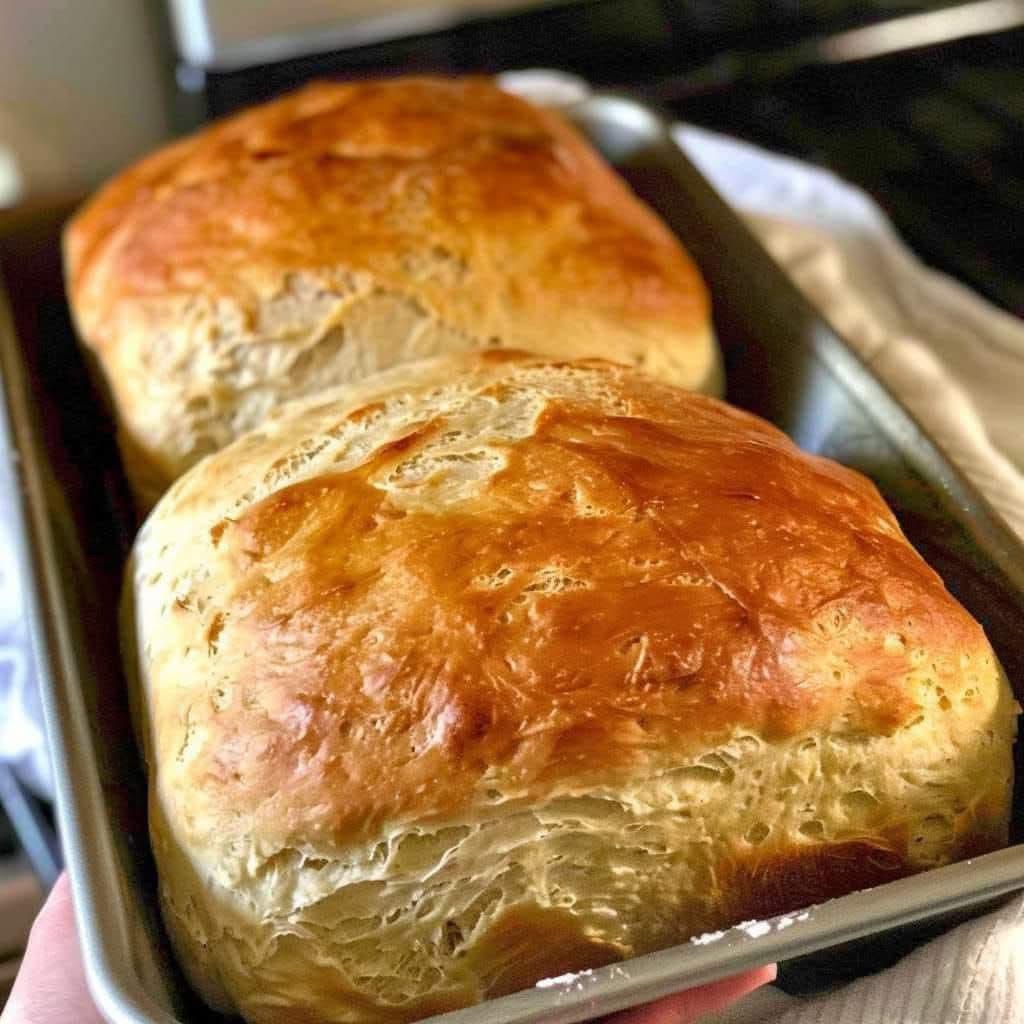The Art of Homemade Bread

Bread is one of the oldest and most universal foods in human history. It symbolizes comfort, nourishment, and togetherness. The smell of freshly baked bread wafting through a home can evoke cherished memories, making it a labor of love for many. Let’s dive into a detailed recipe that results in soft, golden, and fluffy homemade bread perfect for every occasion.
Ingredients
For the Dough:
- 4 ½ cups all-purpose flour (plus extra for kneading)
- 2 ¼ teaspoons active dry yeast (1 packet)
- 2 tablespoons sugar
- 1 ½ teaspoons salt
- 1 ¾ cups warm water (110°F/45°C)
- 3 tablespoons vegetable oil or melted butter
For the Egg Wash:
- 1 egg
- 1 tablespoon water
Instructions and Methods
- Prepare the Yeast:
- In a small bowl, combine warm water and sugar. Stir in the yeast and let it sit for 5–10 minutes until frothy. This indicates the yeast is active.
- Make the Dough:
- In a large mixing bowl, whisk together the flour and salt. Add the yeast mixture and oil or melted butter.
- Mix until the dough begins to form. Turn it onto a floured surface and knead for 8–10 minutes until smooth and elastic.
- First Rise:
- Place the dough in a greased bowl, cover with a clean kitchen towel, and let it rise in a warm spot for 1–1.5 hours or until it doubles in size.
- Shape the Dough:
- Punch down the dough to release air. Divide it into two equal portions. Shape each into a loaf and place them in greased loaf pans.
- Second Rise:
- Cover the pans and let the dough rise again for 30–40 minutes until it doubles in size.
- Prepare for Baking:
- Preheat your oven to 375°F (190°C). Brush the loaves with the egg wash to create a shiny, golden crust.
- Bake:
- Bake the bread for 25–30 minutes until the tops are golden brown and the loaves sound hollow when tapped.
- Cool:
- Remove the bread from the pans and let it cool on a wire rack before slicing.
History of Bread
Bread dates back to ancient civilizations, with evidence of its existence from over 30,000 years ago. From Egyptian flatbreads to European leavened loaves, it evolved as a dietary staple across cultures. Today, bread symbolizes unity and comfort, transcending boundaries and connecting people worldwide.
Benefits of Homemade Bread
- Healthier Ingredients: You control the quality and quantity of ingredients, avoiding preservatives and unnecessary additives.
- Cost-Effective: Homemade bread is budget-friendly compared to store-bought options.
- Customizable: Adjust recipes to cater to dietary preferences like gluten-free or whole-grain versions.
- Therapeutic: The process of kneading dough can be a calming and rewarding activity.
Nutrition (Per Slice, Based on 16 Slices per Loaf)
- Calories: 120
- Carbohydrates: 22g
- Protein: 3g
- Fat: 2g
- Fiber: 1g
- Sodium: 200mg
Bread Lovers Unite
Homemade bread is beloved by food enthusiasts, bakers, and home cooks alike. Whether paired with butter, jam, soup, or used for sandwiches, this golden loaf is a timeless favorite. Bread baking communities around the world celebrate the creativity and love that goes into making each loaf.
Conclusion
This homemade bread recipe is a tribute to tradition and creativity. From its rich history to the satisfaction of baking, bread remains a cherished symbol of nourishment and love. With this recipe, you can experience the joy of baking and share it with those you care about most.
Let’s knead, bake, and share the love!
Let me know if you want me to tailor this further